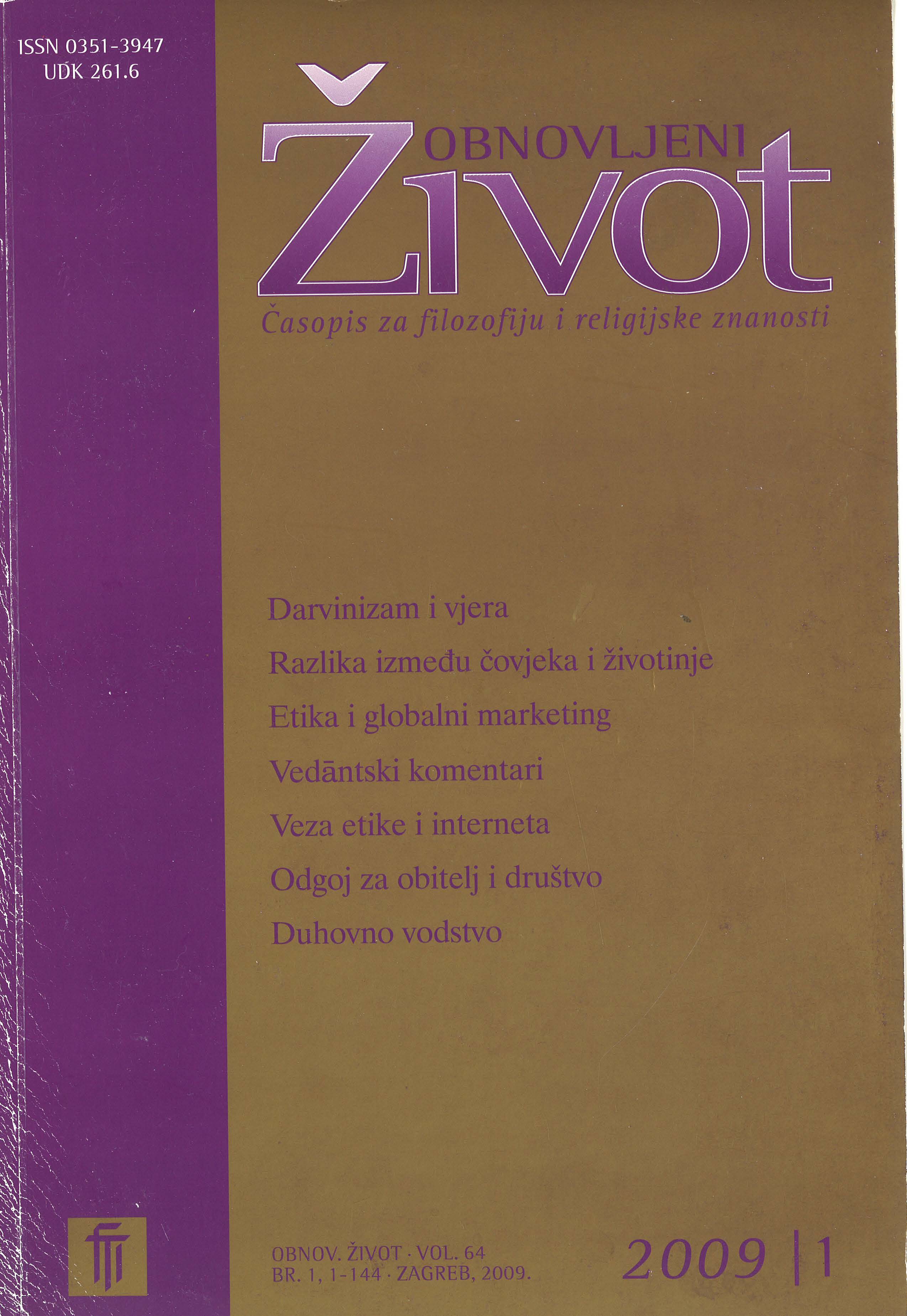Vedāntic Commentaries on the Īśā-upanisad
Keywords:
Īśā-upanisad, vedanta, commentary, “brahman”, exegesisAbstract
Among the many commentaries on the brief but renowned Īśā-upanisad, the author of this article has decided upon the commentaries of Sankara, Venkatanatha and Madhva as representing, respectively, the most characteristic expression of the monistic approach (advaita), the approach of differentiated monism (visistadvaita), and the dualistic approach to the interpretation of upaniùadic revelation (sruti). This work focuses upon what is most relevant in each of the above schools and upon the most important distinctions between these three renowned schools. Sankara is compelled to differentiate higher and lower knowledge, i.e. higher and lower “brahman”, in order to reconcile various utterances in the upaniùads with their monistic view. Whatsoever is not in agreement with this view is ascribed to the level of lower knowledge, i.e. to the level of the lower “brahman”. On the other hand Venkatanatha, who acknowledges the distinction between the soul and God and the reality of the world, can interpret the upaniùadic utterances more straightforwardly, without the excessive usage of theoretical devices. The same can be said for Madhva, even though he often brings forward theological views which do not have their source in the words of the Īśā-upanisad.
Downloads
Published
Issue
Section
License
Jednom prihvaćeni članak obvezuje autora da ga ne smije objaviti drugdje bez dozvole uredništva, a i tada samo uz bilješku da je objavljen prvi put u Obnovljenom životu. Uredništvo će obavijestiti autora o prihvaćanju ili neprihvaćanju članka za objavljivanje.
Članci objavljeni u časopisu se, uz prikladno navođenje izvora, smiju besplatno koristiti u obrazovne i druge nekomercijalne svrhe.


